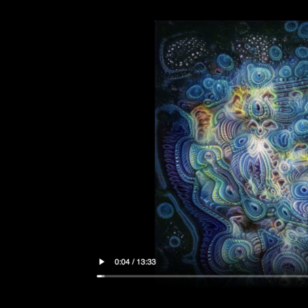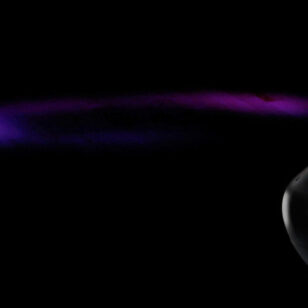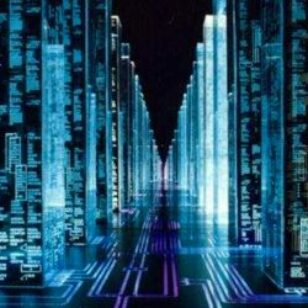Here lies the dream/nightmare world you thought you lefty behind when you awakened this morning, enjoy.
Week 2 Comm Lab V/S
Made in collaboration with Eden Chinn and Adekemi Borode
Create a virtual soundwalk using Unity to create an interactive OpenGL experience.
As a team we first approached this in a linear fashion with two options. One option consisted of discrete sound events and were buffered by some transitional sonic element, the other progressively added discrete element but layered them on top of each other to form a complete environment. These however, were not meant to be after realizing the soundwalk would need to have a visual component we pivoted and looked at journey that was non-linear. Starting in a central point and giving the choice to the user as to how the journey shaped out before them. Below is a visual representation of our first idea.
After the decision to create a user developed story we thought about how the environment would play a role in the development of the narrative for each user individually. We noted that dreams, nightmares, and memories all have a familiar and non-linear feeling associated with them. Depending on the user’s life experiences dictated the feeling the environment produced. You be the judge as to which you think this world is for me.
We each created two unique micro environments and used the dreamscape/memory lane idea to connect them together. Much like when in a dream your mind wonders for event to event with little to no transition, this world allows the user to expire this. There are a few elements that symbolize transition such as the rugs leading from the central start point. And the are many clues to show that this place is somewhat known but makes you feel uneasy or curious. Aesthetically all of the aforementioned elements play a role in defining the dreamscape/memory. Furthermore it was imperative that the micro environments feel inclusive so that all users can have some attachment to the space.
Distanced group work us something that is part of my everyday life as a contract industrial designer. The challenges such as time zone difference, scheduling conflicts , and work priorities were not an issues at all. The hardest part of group work was figuring out the best way to export and compile assets created individually. In all reality it only took a few hours for us as a group to figure out the best workflow to use.
Unity has an interesting workflow, I am intimately connected to 3D or CAD modeling and have been for some time, it took some time to develop an understanding of why Unity functions the way it does. There were a few issues I could not resolve, namely a clipping issue that did not render the terrain at mid-distances from the user. Near terrain and far terrain rendered as expected though.
I’m Excited to add Unity to my toolbox, I see great potential for using it to visualize spaces, create VR worlds, and hopefully being able to integrate its use into large scale immersive installations.



